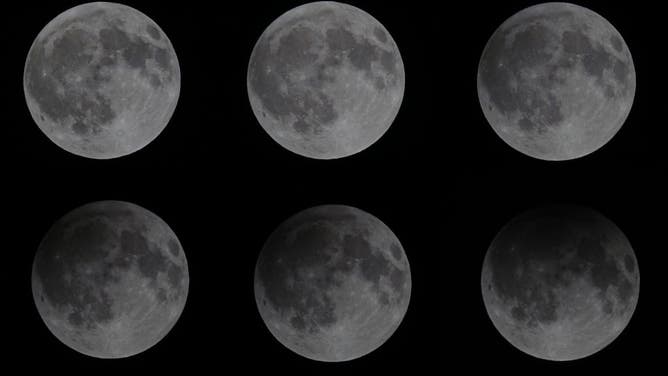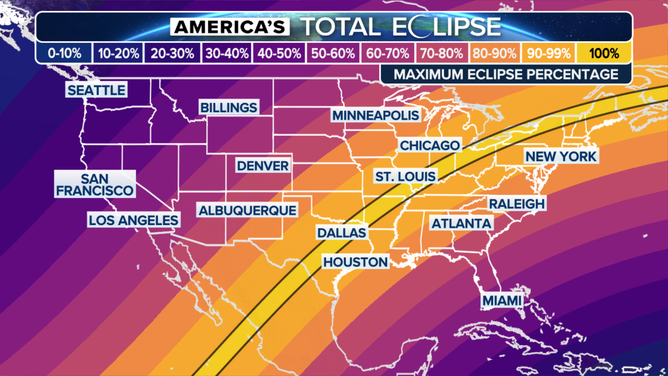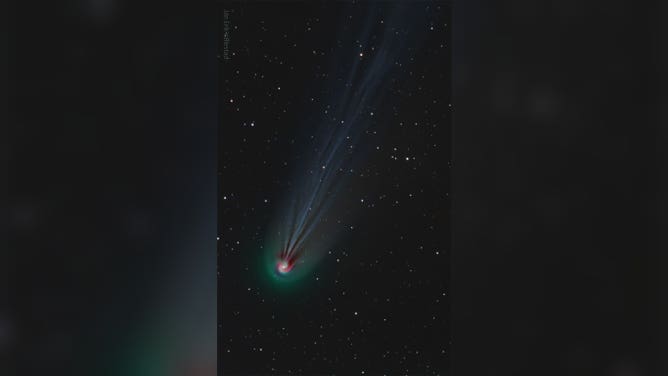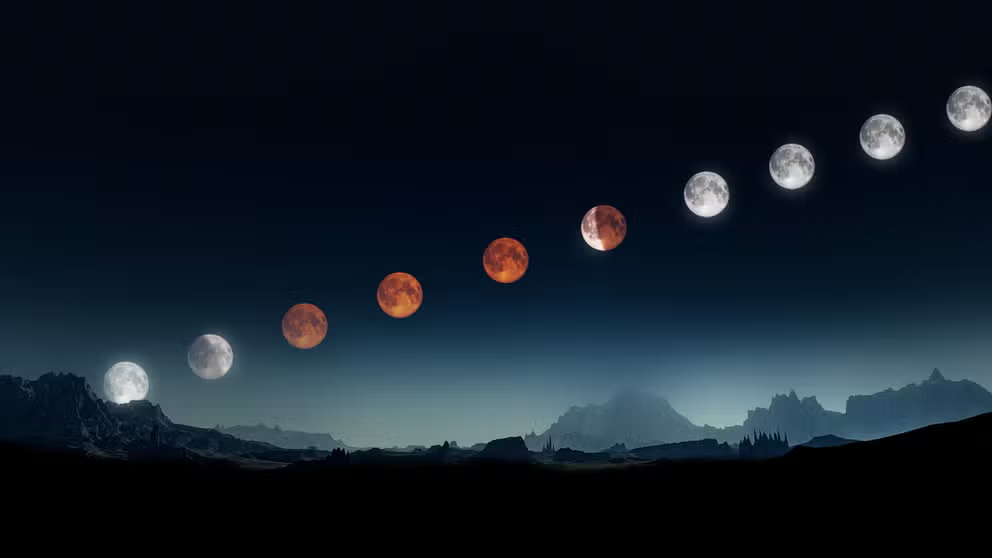March's full Worm Moon to produce lunar eclipse
A penumbral eclipse or a faint eclipse will be visible in North and South America on March 24-25. A lunar eclipse always proceeds or follows about two weeks before or after a solar eclipse.
Lunar eclipses explained: What is a total, partial and penumbral eclipse?
It's not often that we get a chance to observe our planet's shadow, but we can get a fleeting glimpse during a lunar eclipse.
Back-to-back eclipses will be visible to a majority of the U.S. this spring – a faint lunar eclipse will be followed two weeks later by the grand finale of a total solar eclipse.
While the April 8 total solar eclipse will be visible across 14 states and parts of Mexico and Canada, a penumbral lunar eclipse will be visible across North and South America early Monday morning.
WHERE YOU ARE LIKELY TO SEE THE APRIL TOTAL ECLIPSE BASED ON CLOUD COVER FORECASTS
According to NASA astronomers, lunar eclipses always happen within a few weeks, either before or after a solar eclipse. From the night of March 24 into the early hours of March 25, a very faint or penumbral lunar eclipse will be visible across the U.S. as the Moon passes through the outer part of Earth's shadow.

A view of the moon during the Penumbral Lunar Eclipse in Palembang, Indonesia on May 06, 2023. (Photo by Muhammad A.F/Anadolu Agency via Getty Images)
(Getty)
A penumbral lunar eclipse causes a slight dimming of the Moon's brightness and if you don't know when to look, you might even miss it. If you look at the Moon early in the night and then again later around midnight on March 25, you'll see the difference in brightness.
The image below shows the phases of the dimming Moon during a penumbral lunar eclipse in 2023.

A combo photo shows the moon during penumbral lunar eclipse on May 6, 2023 in Yingkou, Liaoning Province of China. (Photo by Liu Debin/VCG via Getty Images)
(Getty Images)
On the afternoon of April 8, the total solar eclipse will plunge a 100-mile-wide path of the U.S. into near-dusk darkness during totality. Even those who aren't along the path of totality will see a partial solar eclipse up to 99%, which is still an amazing sight.
Unless you are watching the few minutes of totality, keep your solar glasses on the entire time.
WHAT YOU NEED TO KNOW ABOUT APRIL'S TOTAL SOLAR ECLIPSE

This graphic shows the path visibility during the total solar eclipse on April 8, 2024.
(FOX Weather)
Eclipses aren't the only astronomical sight to enjoy this spring.
Comet 12P/Pons-Brooks is becoming more visible in the night sky as it makes its closest approach to the Sun, known as perihelion. Comet 12P is known for its explosive outbursts as it heats up and astronomers have been capturing these reactions in the night sky.

The featured image is a composite of three very specific colors, showing the comet's ever-changing ion tail in light blue, its outer coma in green, and highlights some red-glowing gas around the coma in a spiral. The spiral is thought to be caused by gas being expelled by the slowly rotating nucleus of the giant iceberg comet. (Image Credit & Copyright: Jan Erik Vallestad )
(Jan Erik Vallestad)
The comet is expected to be visible to the naked eye toward the end of March and just in time for the April 8 total solar eclipse, when Comet 12P will be just 25 degrees from the Sun.
